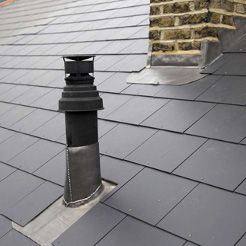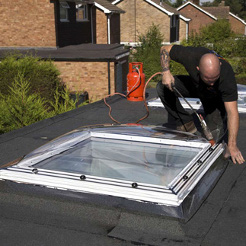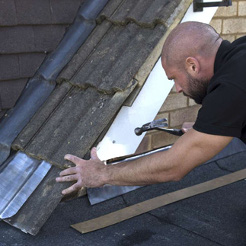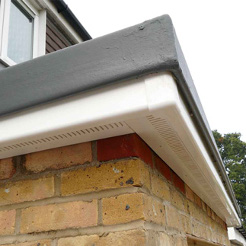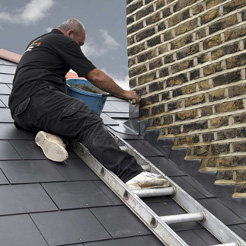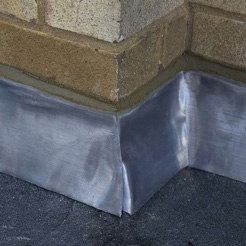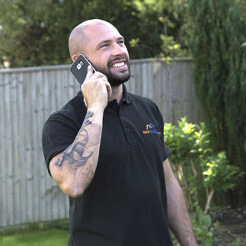If you have a fireplace, and therefore a chimney, in your home there will come a time when some small repairs may be necessary. If you have recently bought an older property or would like to bring in an old fireplace into use again, it may be that the chimney needs a little restoration work to get things working properly again. A question that we are regularly asked is whether as a roofing company we do restorations. The simple answer is yes!
Our focus this month is on chimney restoration to help you better understand the steps involved in the process and how we would go about it.
Dealing with cracked bricks, stones, and mortar
The most common problem is the cracking of brickwork and stonework or even the mortar that is holding them together. Exposed to the elements over time it is inevitable that they will crack. Coupled with the heat and condensation from inside the chimney the conditions are right for degradation and cracking to occur.
Catching this sooner rather than later will ensure the repairs are fewer and less costly and you want to avoid leaving it until it gets to the point where you may need to rebuild your chimney.
Checking for cracks is the first step. Once the extent of the problem is confirmed, action can be taken. This could be as simple as replacing the top layer of bricks and mortar or cutting out the damaged sections and replacing them. Mortar joints can be scraped out and repointed and any sections that may have hollowed over time can be patched up with fresh mortar. If the damage is more extensive then it may be a case of taking down and partially rebuilding a section of your chimney.
You may also want to consider installing a flue liner if there isn’t one already in your chimney. This will improve insulation and help to protect it from leaks. It will also add a layer of protection for your masonry from the inside.
Dealing with leaks
Your chimney may have leaks which are not evident from the outside. Look out for any damp patches on walls or ceilings which look like brown stains; they are more likely to be coming from a leak in your chimney than anywhere else. These occur when there is a break in the seal between your flashing and the base of the chimney. While it is possible to patch this up with mortar, replacing the flashing is a more effective and long-term solution.
Leaks can also occur if your chimney is not damp proofed. Modern chimney brickwork includes a damp-proof course as standard, but older homes may not have this which will lead to water seeping in over time.
Flashing can be easily replaced, and any work will follow the latest building regulations codes. Where problems are caused by a lack of damp proofing, these can often be solved by fitting new lead flashing higher up to seal off the brickwork and prevent water entry.
For an informal chat about chimney restoration or for answers to any questions you may have, give our team of expert roofers at Roof Rescue a call. You can find us whenever you need us on 020 3189 1618 and we will be happy to help you with any roofing or chimney needs in your home.

